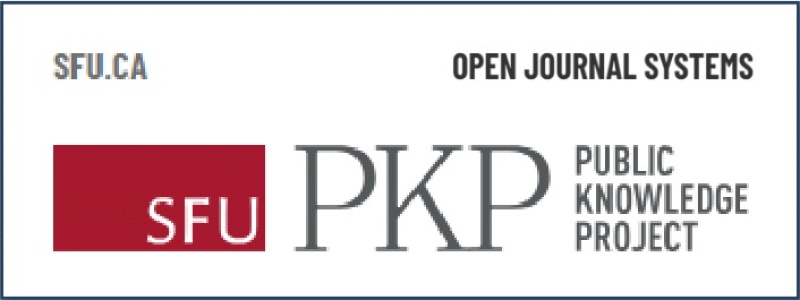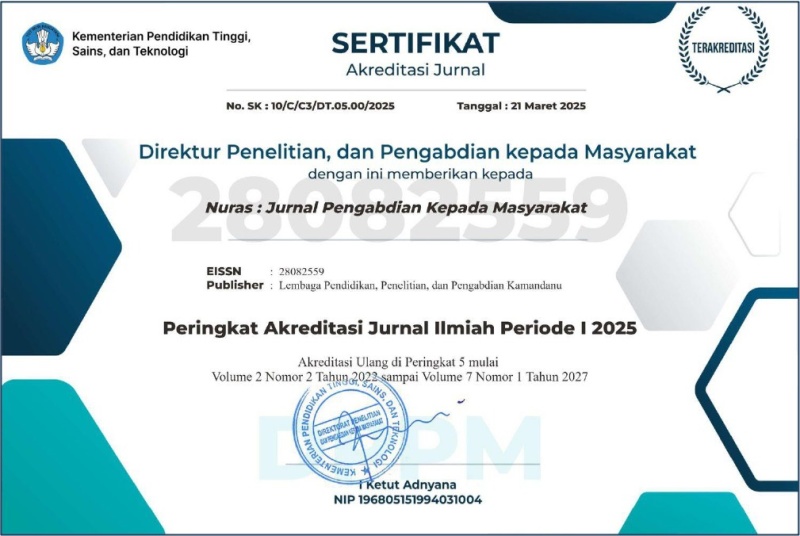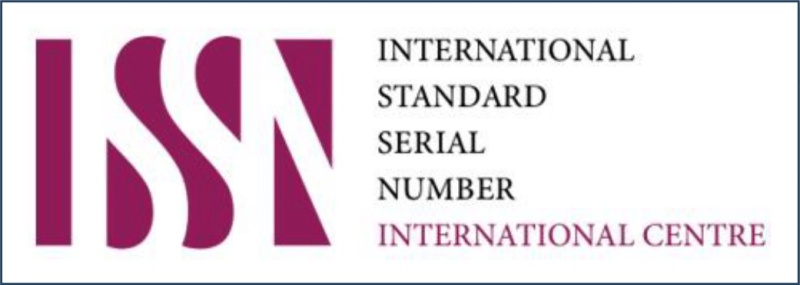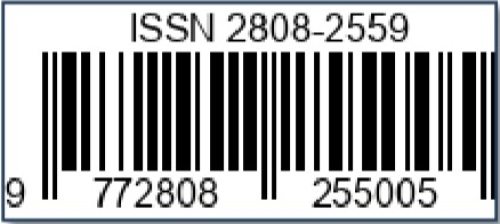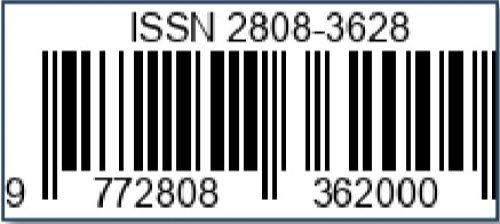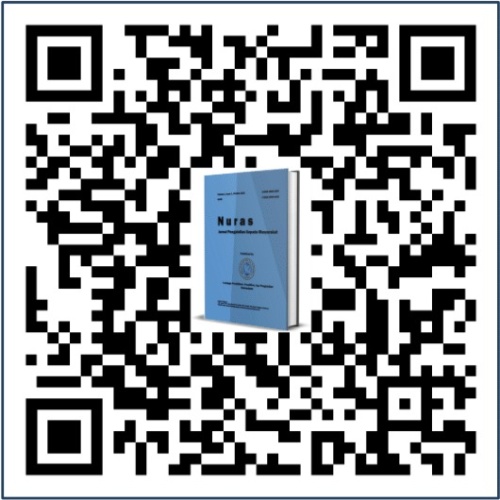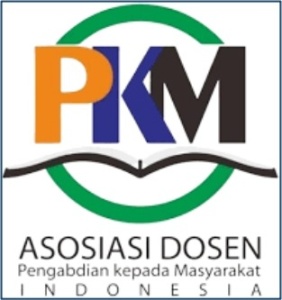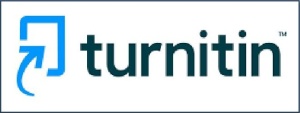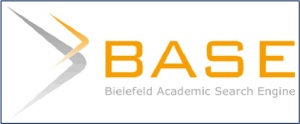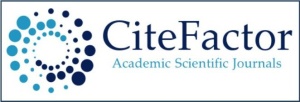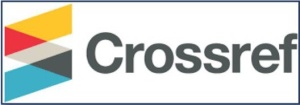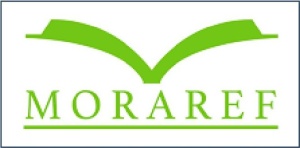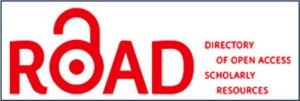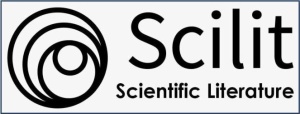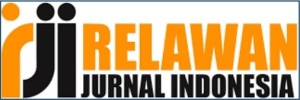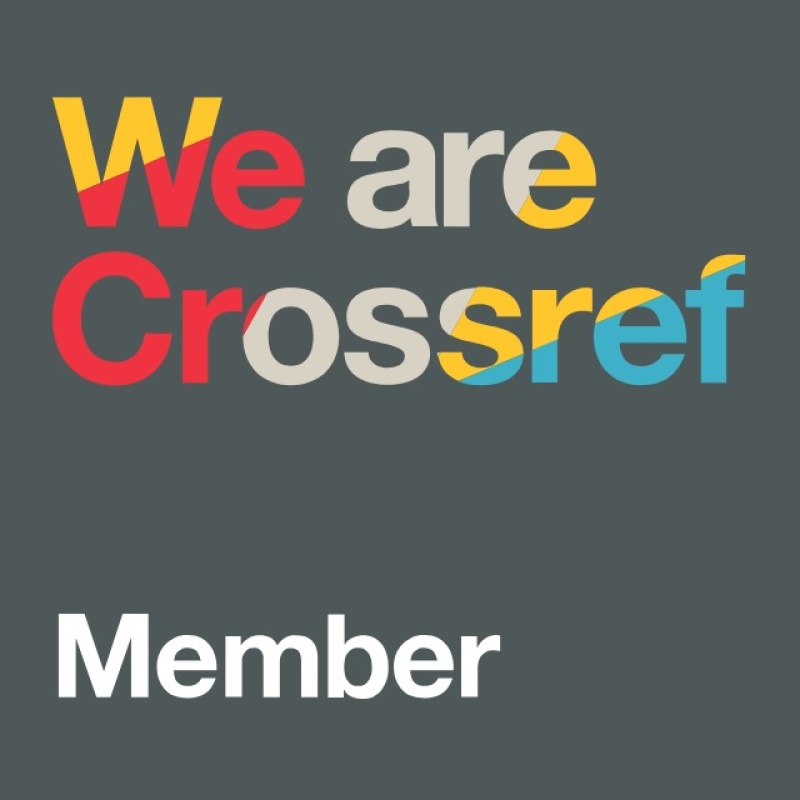Pemanfaatan Lahan Pekarangan Pondok Pesantren Nurul Islam Sekarbela Kota Mataram Menggunakan Sistem Agroforestri
DOI:
https://doi.org/10.36312/njpm.v2i1.34Keywords:
Utilization, Yard, Trigona Bee, Agroforestry.Abstract
Partners are in the city of Mataram, namely the Nurul Islam Sekarbela Islamic boarding school. Starting from the problems of the boarding school, including the low level of independent health of students who are staying and also supported by economic needs in the management of Islamic boarding schools, on the other hand, the cottage has a fairly large yard/land but is still not managed optimally. In our service activities, we provide two things that become solutions to the problems of partners at the Nurul Islam Islamic Boarding School, namely by providing education on the application of land management / boarding school yards with the Agroforestry system. Agroforestry system is a system of land / yard management by combining farming, forestry and animal husbandry systems. This system will increase land productivity while conserving land, promoting aesthetics with flowering plants, and the farm that we will combine is trigona bee cultivation. In the aspect of cultivation, we will combine agricultural and forestry crops and choose bee-feeding plants, namely resin and pollen supply plants. Meanwhile, from the aspect of cultivation, the team provided assistance in providing flowering tree seeds of the Kaliandra species, etc. The service implementation team held technical guidance activities on how to plant on peat land for the right types of trees and planting patterns.
Downloads
References
Achmadi, F. (2021). Analisis Manajemen terhadap Penerapan Ekonomi Protektif Pesantren di Unit Usaha Universitas Darussalam Siman. Tesis. Institut Agama Islam Negeri Ponorogo.
Bidura, I. G. N. G. (2017). Buku Ajar Agroforestry Kelestarian Lingkungan. Denpasar: Fakultas Peternakan, Universitas Udayana.
Budiaman. (2021). Sistem Agroforestri Berbasis Lebah Trigona incisa (Apisilvikultur) Menuju Sistem Pertanian Berkelanjutan. Disertasi. Universitas Hasanuddin Makassar.
Mayrowani, H., Sumaryanto., Azahari, D. H., Ilham, N., Friyatno, S., & Ashari. (2010). Optimalisasi Pemanfaatan Sumber Daya Pertanian pada Ekosistem Lahan Kering. Bogor: Pusat Analisis Sosial Ekonomi dan Kebijakan Pertanian.
Nawawi, M., Gunawati, D., & Sunarto. (2017). Peningkatan Sikap Peduli Lingkungan Melalui Program Eco-Pesantren di Pondok Pesantren Nurul Haramain NW Narmada Kabupaten Lombok Barat. In Seminar Nasional Pendidikan Biologi dan Saintek II (pp. 133-140). Surakarta, Indonesia: Universitas Muhammadiyah Surakarta.
Rosi, F. R. (2016). Keanekaragaman Polen dari Beberapa Spesies Stingless Bee pada Perkebunan Kelapa Sawit dan Karet. Tesis. Institut Pertanian Bogor.
Setiawan, B., Idris, M. H., Markum., & Sukardi. (2015). Pengelolaan DAS Terpadu, Teori dan Praktik: Sebuah Pembelajaran dari Pengelolaan DAS Terpadu Renggung di Pulau Lombok. Bogor: RA Visindo.
Suryani, E., & Dariah, A. (2012). Peningkatan Produktivitas Tanah Melalui Sistem Agroforestri. Jurnal Sumberdaya Lahan, 6(2), 101-109. https://doi.org/10.2017/jsdl.v6n2.2012.%p
Wiratmoko, M. D. E., & Janetta, S. (2018). Tumbuhan Sumber Pakan Lebah Madu Jenis Trigona spp. di Hutan Rawa Gambut, KHDTK Kepau Jaya, Riau. In Seminar Nasional Pelestarian Lingkungan (SENPLING) (pp. 58-64). Riau, Indonesia: Universitas Riau.
Wulandari, C., Harianto, S. P., & Novasari, D. (2020). Pengembangan Agroforestri yang Berkelanjutan dalam Menghadapi Perubahan Iklim. Bandar Lampung: Pusaka Media.

Downloads
Published
How to Cite
Issue
Section
License
Copyright (c) 2022 Husnul Jannah, Baiq Muli Harisanti, Masiah, Siti Nurhidayati, & I Wayan Karmana

This work is licensed under a Creative Commons Attribution-ShareAlike 4.0 International License.
-
Attribution — You must give appropriate credit, provide a link to the license, and indicate if changes were made. You may do so in any reasonable manner, but not in any way that suggests the licensor endorses you or your use.
-
ShareAlike — If you remix, transform, or build upon the material, you must distribute your contributions under the same license as the original.

